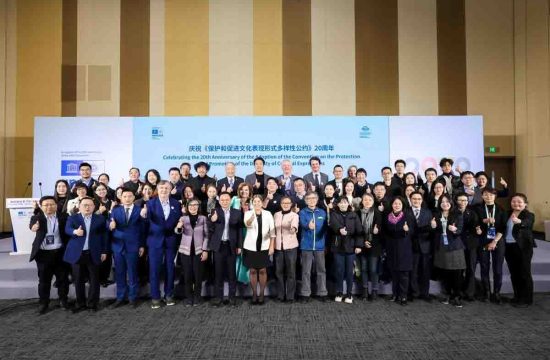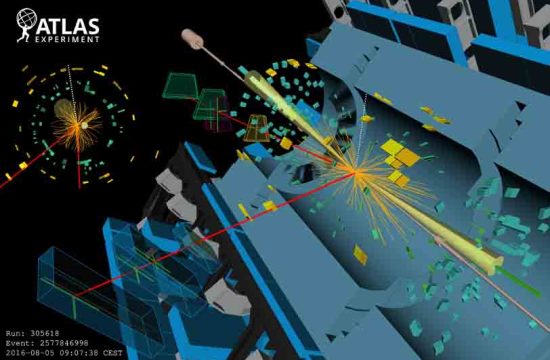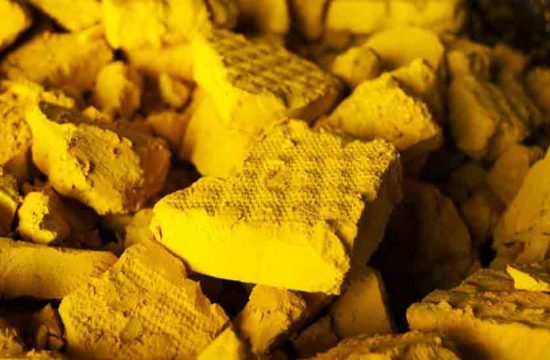
Paris- Audrey Azoulay, Director-General of UNESCO, was in Kazakhstan and Kyrgyzstan from Tuesday to Friday calling for stronger regional and multilateral cooperation in glacier protection and water management. She also announced new UNESCO investments for scientific cooperation in Central Asia.
“When glaciers melt, they take with them entire ecosystems and significantly increase the risk of natural disasters. This also threatens to deprive a large part of the world’s population of their means of subsistence. This issue requires greater regional and international cooperation”, pleaded Audrey Azoulay on Thursday during her speech at the Astana International Forum – a speech in which the Director-General of UNESCO underscored that “world peace will also depend on water”.
In November 2022, UNESCO published a study with the IUCN revealing that the glaciers of a third of World Heritage sites are threatened with disappearance by 2050 under the current CO2 emissions scenario. The study also indicated that limiting temperature rises to 1.5°C, as set out in the Paris Climate Agreement, would save the glaciers of the remaining two-thirds of sites.
UNESCO supports its 193 member states in developing measures to protect glaciers, based on three pillars: advancing knowledge, strengthening protection and investing in education. In particular, the Organization supports cooperation and scientific research, works to improve glacier monitoring capacities and implements risk reduction measures.
Increased investment in Central Asia
Central Asia’s glaciers have lost 20-30% of their volume over the last fifty years. This is why UNESCO has decided to step up its actions in the region. Since 2017, a UNESCO regional research center based in Almaty (Kazakhstan) has been dedicated to glaciology. It brings together some twenty international researchers in four thematic laboratories: cryosphere monitoring, snow and ice resource monitoring and geocryology and natural hazards.
At the end of 2021, UNESCO launched a new regional scientific program, financed to the tune of over $6M by the Adaptation Fund, to map the region’s glaciers. It also aims to establish a glacier melt-risk warning and preparedness system for Kazakhstan, Kyrgyzstan, Tajikistan and Uzbekistan by 2025. At the same time, the Organization will map the most vulnerable areas, with a view to deploying early warning systems for populations most at risk from natural disasters, particularly GLOFs (glacial lake outburst floods).
UNESCO will double this investment from summer 2023 onwards, thanks to support from the French Faciliity for Global Environment. It will provide in-depth knowledge of the entire Central Asian cryosphere – glaciers, permafrost, snow. This tool will facilitate the establishment of national cryosphere management plans and a strategic cooperation program between Central Asian countries.
“Scientific cooperation and open science are essential to respond to the water crisis”, pointed out Audrey Azoulay, during an in-situ visit to the Adygene and Golubin glaciers in Kyrgyzstan.
During this mission, Audrey Azoulay notably met with Kassym-Jomart Tokaïev, President of Kazakhstan, and Sadyr Japarov, President of Kyrgyzstan. She also visited the Mausoleum of Khoja Ahmed Yasawi in Turkestan (Kazakhstan), a UNESCO World Heritage Site since 2003.
Finally, she visited an exhibition devoted to Kyrgyz intangible cultural heritage at the National Historical Museum in Bishkek (Kyrgyzstan), which bears witness to the country’s rich traditions and cultural diversity. On this occasion, she recalled the close link between preserving ecosystems and safeguarding the traditions of the communities who live in them.








